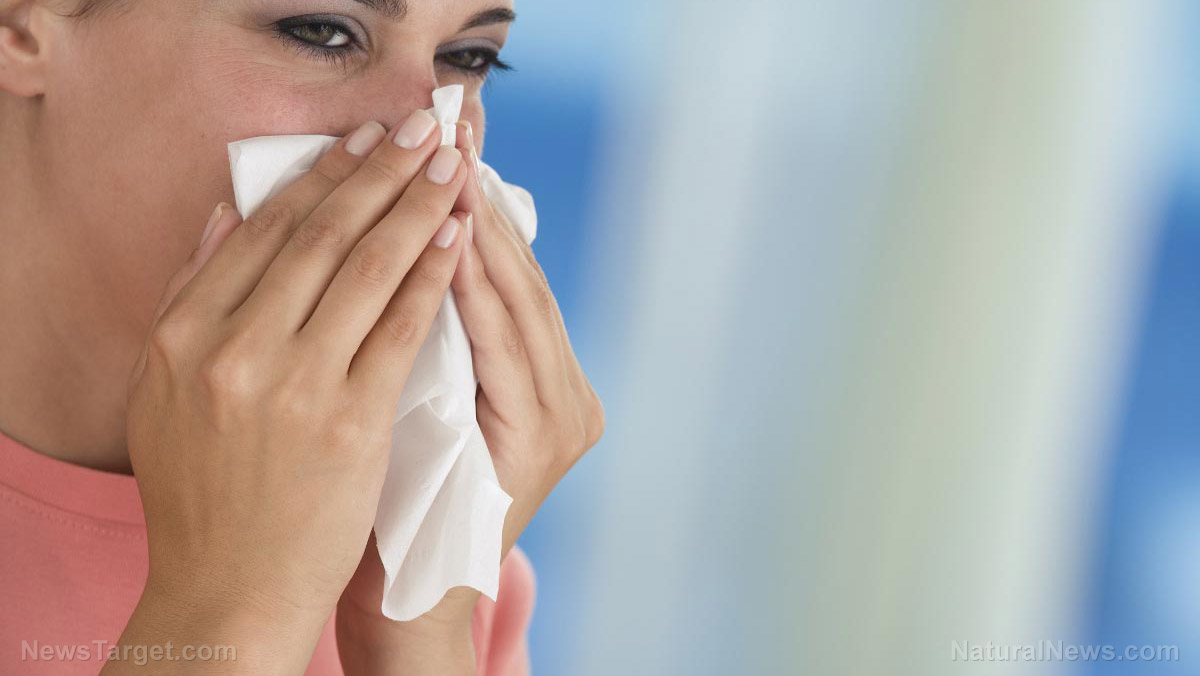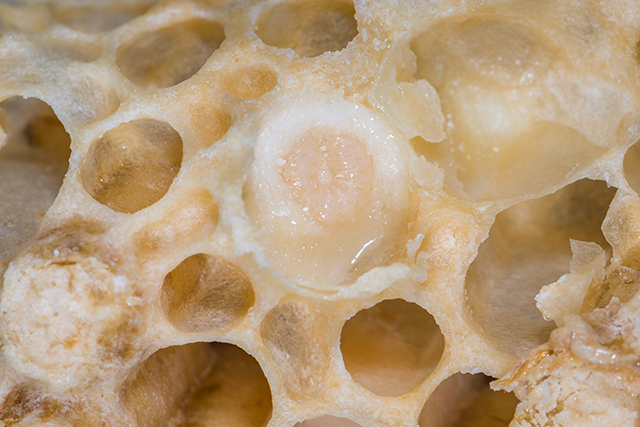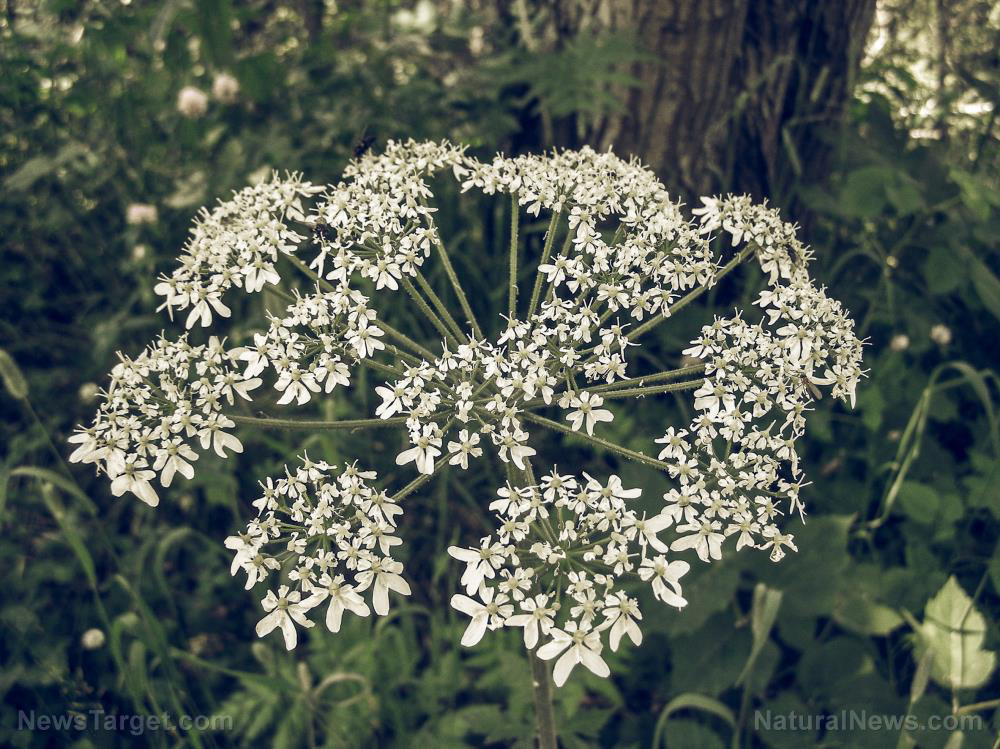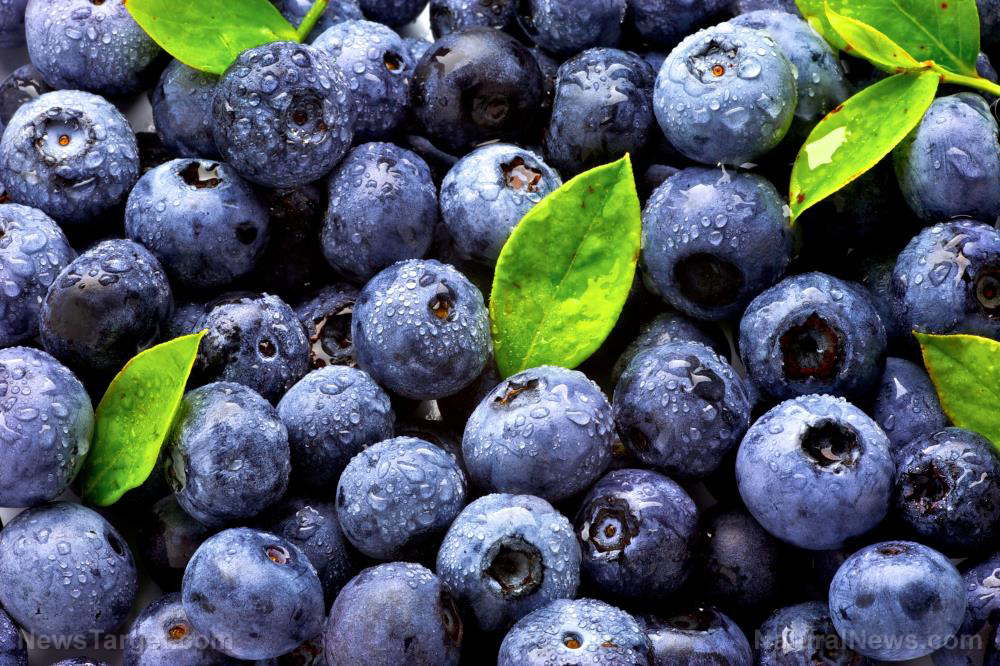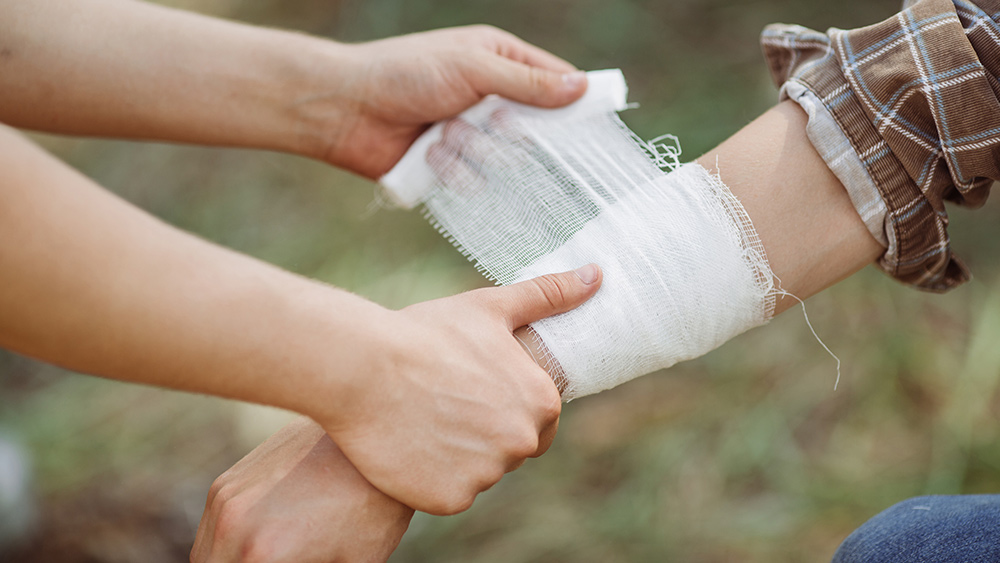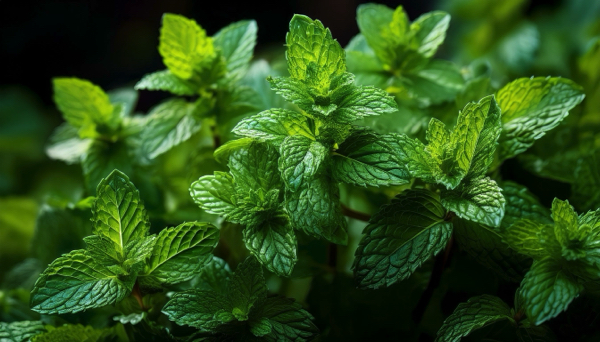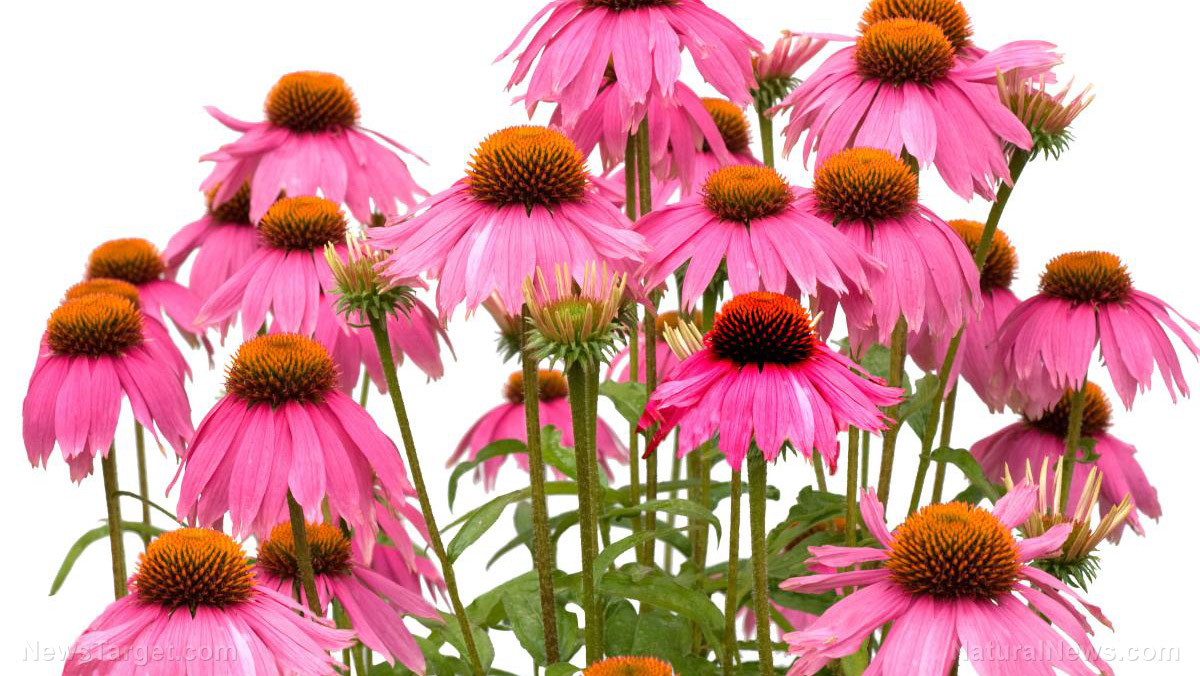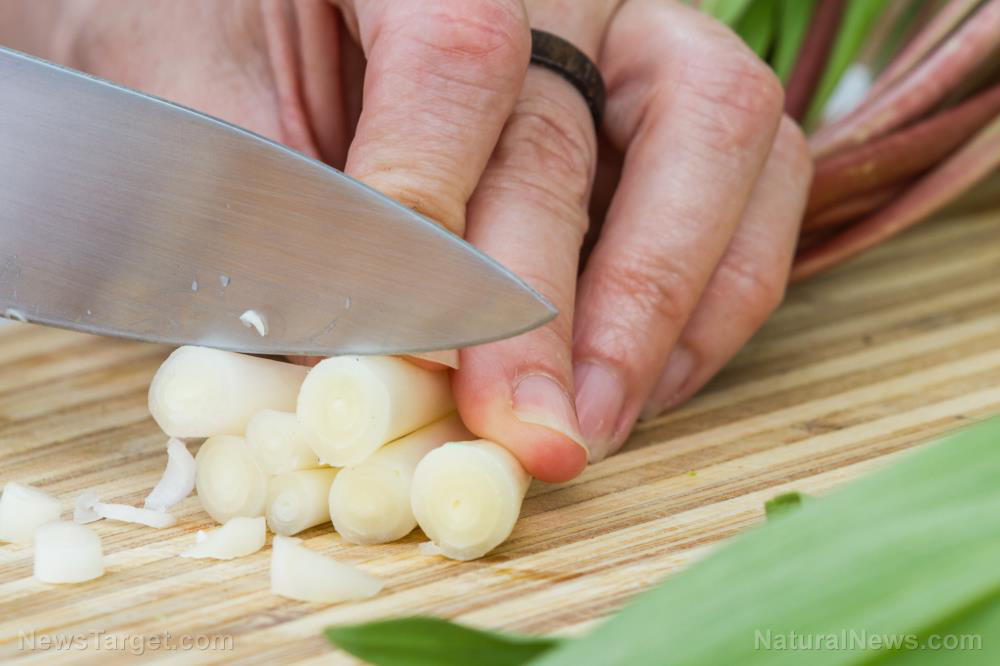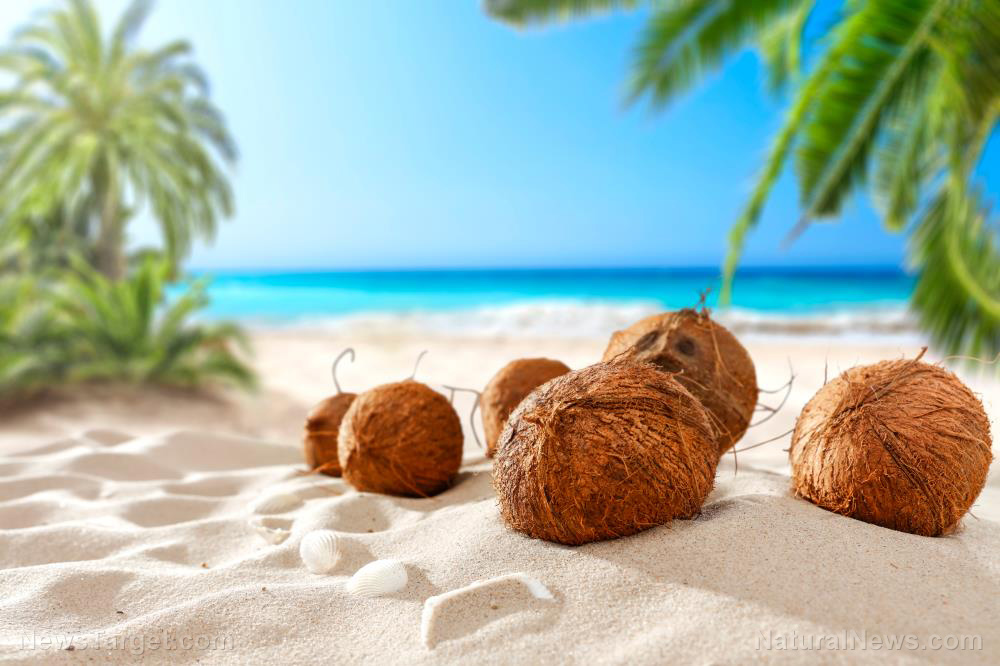Daily cup of cocoa helps prevent flu
07/01/2024 / By News Editors

When the wintry flu season strikes do you crave a comforting cup of hot cocoa? It could be your body’s innate wisdom at work.
(Article republished from GreenMedInfo.com)
Nature works in mysterious ways. Just when cold, dry weather chills us to the bone and flu season is in full bloom, we crave a comforting cup of hot cocoa. As it turns out, that chocolate craving may be our body’s innate wisdom at work.
According to a Japanese study a daily cup of hot cocoa during influenza season may be just what we need to avoid the flu and stay healthy.[i]
The Japanese researchers conducted a three-part chocolate study that included cell tests, animal experiments, and human trials.
In the cell studies they found that cocoa extract inhibited the flu from taking hold in canine kidney cells. The cells had been infected with human influenza A (H1N1, H3N2) and B viruses, as well as avian flu viruses (H5N1, H5N9).
In the animal trial, mice were given cocoa extract for four days before being infected with the flu virus. The cocoa extract had a preventative effect and significantly improved survival times of the mice.
The daily dose of cocoa for the mice was equivalent to a human drinking two to three cups of a 10% cocoa solution. In other words, the amounts were close to what a person might normally drink in a cup of hot chocolate.
Then, the researchers tested their findings in humans. They divided 123 people into two groups. Both groups were vaccinated against the influenza A (H1N1) virus.
For three weeks before and after being vaccinated, one group consumed a cup of hot chocolate every morning. The drink is commercially available in Japan (under the name Kakao 2 Bai) and contains 360 mg of cocoa polyphenols per cup. The control group did not drink any cocoa.
After two weeks, antibodies against the A (H1N1) virus were not significantly different between the two groups. But the cocoa drinking group had significantly more natural killer (NK) cell activity. NK cells recognize and eliminate influenza-virus-infected cells in order to keep the virus from spreading.
In other words, NK cell activity is an indicator of the body’s natural immunity. Vaccine-induced elevations in antibodies, on the other, do not necessarily equate to bona fide immunity against infection as they are only a proxy measure of effectiveness. The fact that cocoa consumption significantly increased compared to the control group suggests that drinking cocoa may inhibit influenza virus infection by stimulating natural immunity and therefore confer real world protection against onset of the flu.
Other studies had already found that chocolate elevates NK cell activity against cancer cells. The Japanese researchers believed their finding concerning the NK cell activity may suggest that cocoa polyphenols and especially procyanidins in chocolate might be effective in treating and preventing colorectal cancers and hepatitis B virus infection in humans.
How does chocolate work against the flu?
The researchers concluded that drinking cocoa works in three different ways.
First, it inhibits the virus from adsorbing to target cells, as shown in their cell study.
Second, cocoa activates natural immunity. In their human trial they found that cocoa enhanced the immune response from the flu vaccination. In that way it provides stronger protection against influenza virus infection and disease onset.
Third, drinking hot cocoa has an anti-inflammatory effect. The researchers believe that the increased survival rates of mice fed cocoa may have been due to the elimination of virus-infected cells in the early stages and promotion of anti-inflammatory effects at the inflammation site.
And there’s one more interesting way that chocolate fights the flu.
The researchers suggested that immediately after drinking cocoa, its healing compounds are present in the mouth, pharynx, and throughout the digestive tract at concentrations that inhibit infection. These compounds work immediately and for some time after consumption. And they work in precisely the places where the virus would likely be present.
Some of these compounds include the polyphenols contained in chocolate. Polyphenols are powerful antioxidants and have broad-spectrum antimicrobial activity.
But even when the researchers removed the polyphenols from the cocoa extract, the remaining compounds in the extract were still effective.
Those other active compounds in cacao include:
- the bitter component theobromine;
- lignin, a dietary fiber;
- free fatty acids; and
- minerals such as iron, copper, and zinc.
Chocolate does much more than fight the flu. In fact, chocolate has well over 40 health benefits and has been called the ultimate medicinal food.
Here are just a few of chocolate’s other amazing properties:
- relieves stress and lowers blood pressure
- better for heart health than statins
- burns belly fat
- lowers diabetes risk
To read more about other health benefits associated with eating chocolate or cocoa-containing foods, visit the GreenMedInfo page dedicated to Chocolate Health Benefits.
When choosing chocolate instead of a flu shot, make sure your chocolate is:
1. At Least 70% Dark. The darker the chocolate the less sugar is added. And sugar can be the difference between healthy chocolate and junk food.
2. Raw. The more cacao is processed, the more polyphenols and flavanols are destroyed. So the best source of chocolate antioxidants comes from raw unprocessed dark chocolate. In fact, raw cacao has the highest concentration of antioxidants of any food.
2. Organic. Non-organic cocoa may contain residues of the dangerous herbicide glyphosate (the active ingredient in Roundup), and other pesticides used in conventional farming.
3. Free Trade. Cacao crops are often unfairly traded, and have even been linked to child enslavement.
Read more at: GreenMedInfo.com
Submit a correction >>
Tagged Under:
alternative medicine, antiviral, chocolate, cocoa, disease treatments, flu, immune system, influenza, natural immunity, nutrients, nutrition, Super foods, Xpost
This article may contain statements that reflect the opinion of the author
RECENT NEWS & ARTICLES
consumerwellness.info is a fact-based public education website published by consumerwellness.info
All content copyright © 2023 by consumerwellness.info
Contact Us with Tips or Corrections
All trademarks, registered trademarks and servicemarks mentioned on this site are the property of their respective owners.

